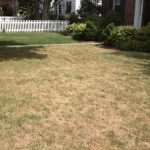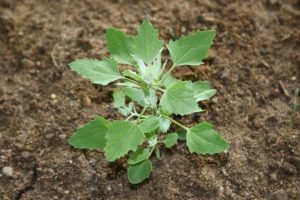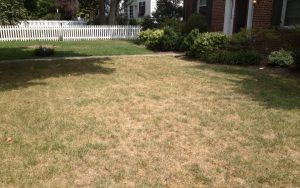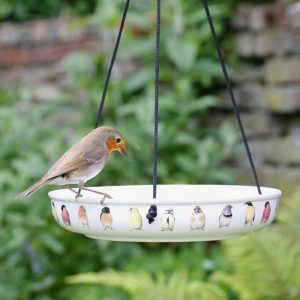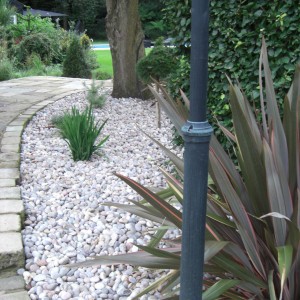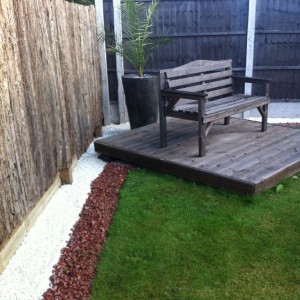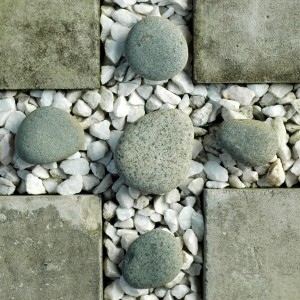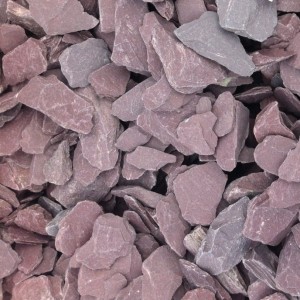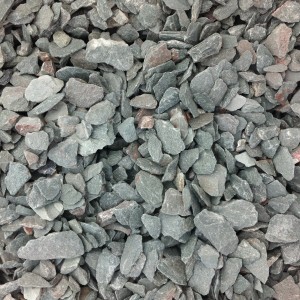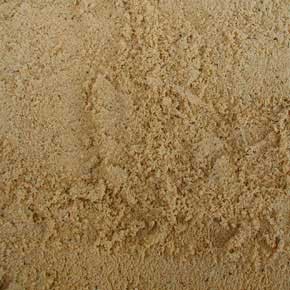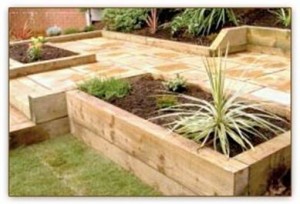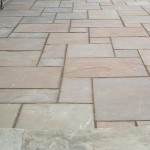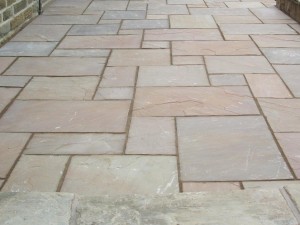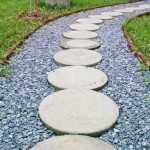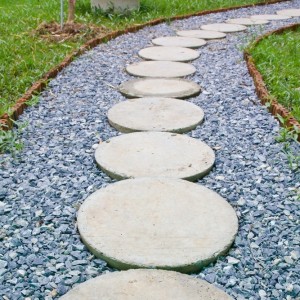The first thing you can do in the garden in the dry weather is to get rid of any unwanted weeds as they will pull up ALOT easier in dry soil.
- Water newly planted subjects as a priority making sure the root ball is wet and checking with a trowel if necessary. Where watering is not possible, consider applying a spray such as Wilt Pruf.
- If you want to do some planting to keep your hobby alive during this hot weather consider planting flowers that are from and therefore used to hotter climates- some examples are; agapanthus, Eucomis, canna, dahlias, marigolds, petunias and zinnia. These particular plants can still thrive and grow during a heatwave with little maintenance.
- ‘Puddle plants in’ – this is when you fill the planting hole with water and allow to drain 5-10 times before planting, this ensures the area of soil is fully hydrated before planting.
- Save water and money! Don’t bother watering your grass. The main leaves will die and the grass will appear a yellow/ brown colour but the grass root will stay alive and will come back to life naturally once a cooler temperature and the rain returns.
- One bonus of this is that you won't need to cut your grass for a few months!
- If you’ve been away and your lawn has overgrown, don’t cut it short in one go. Do it in stages by gradually lowering the blades on your lawnmower each time you cut.
- Pools, bird baths, fountains and ponds evaporate faster in the hot weather, keep them topped up as much as possible. If you don’t have any of these things then make sure to leave a shallow bowl of water out – hedgehogs, birds, insects and other animals will appreciate it massively!
- Get prepared! If you know its going to be a hot summer... you can train your plants! When plants are young they’ll adapt more readily to the amount of water they receive, and get used to irregular watering. Basically, your plants will learn to need less water to survive. If you know it’s going to be a hot summer, it’s worth bearing this in mind with your younger plants.
- In dry conditions, water container plants at least once a day. Water in the evening to reduce evaporation.
- Consider your own health and safety whilst out in the garden for long periods of time- to avoid sunburn and sunstroke.
- Wear suntan lotion or sun block.
- Work in the shade if possible, out of direct sunlight.
- Wear a hat.
- Take regular breaks and drink water frequently.


